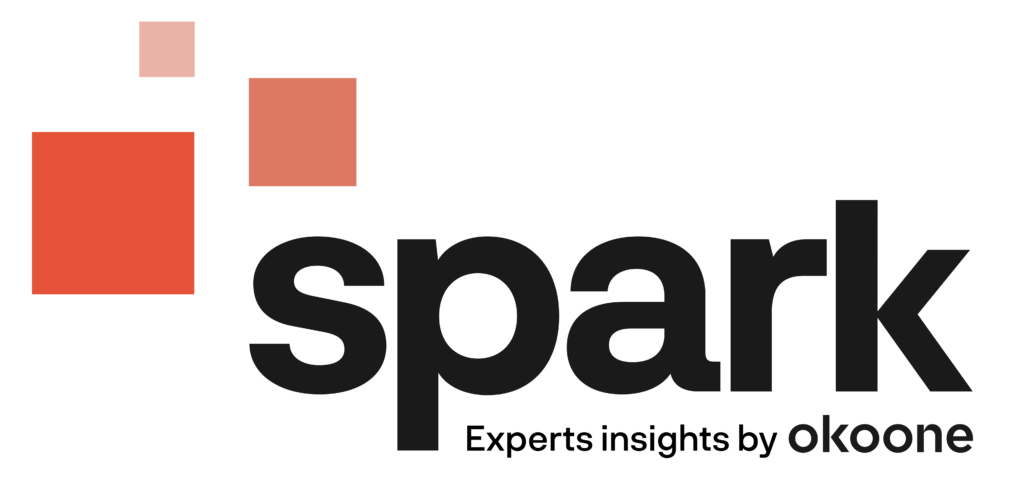Silos slow everything down. They create inefficiencies, block visibility, and—worst of all—kill innovation. When teams work in isolation, they lose sight of the bigger picture. Engineers, for example, may spend months developing a feature only to find out it doesn’t align with business priorities. That’s wasted time, wasted energy. In a high-growth company, that’s unacceptable.
The real problem with silos is that they create disconnects. Engineers focus on writing code, sales focuses on closing deals, and marketing focuses on messaging. But these functions don’t operate in a vacuum. They depend on each other. When they don’t communicate, the result is misalignment—delayed projects, missed opportunities, and product decisions that don’t reflect real customer needs.
If you want to scale fast, you have to break these walls down. Visibility is everything. Teams need to understand how their work contributes to business outcomes. The fastest way to drive engagement and impact is to make sure every engineer, product manager, and executive knows how their work moves the needle.
1. Get feedback early. Get it often.
Speed matters. If you’re waiting until a project is finished to get feedback, you’re already too late. The best companies—those that move fast and disrupt—build feedback loops into every stage of development. Engineers don’t code in isolation; they iterate in real time with input from customers, sales teams, and other stakeholders. Engineers need real-world input, not theoretical requirements.
How do you do this? Simple. Set up structured feedback systems. Regular demos, user interviews, and cross-functional alignment meetings ensure that engineers build what actually matters. Without these, teams risk pouring time into features nobody needs. The best engineering teams stay close to the user and adapt fast.
“The focus here isn’t on bureaucracy, but rather on cutting inefficiencies before they become bottlenecks. Great products are shaped by constant, real-world feedback.”
2. Engineers need to see their impact
Here’s a simple truth: people work harder when they see results. If engineers don’t see how their work impacts customers and revenue, they’ll feel disconnected. And when that happens, motivation tanks. You want your engineers solving real problems.
Engineers need to know the impact of their work. One way to do this? Transparency. Every time a customer subscribes to a new feature, the engineers responsible should know about it. Every time a product improvement boosts engagement, teams should celebrate it. At many fast-scaling companies, a simple Slack channel—dedicated to sales wins, customer feedback, or product adoption—can bridge the gap. Engineers should be able to see in real time how their work moves the company forward.
Engineers should always be asking: What impact does this have? Who benefits? How does this drive growth? That mindset shift—from writing code to driving outcomes—is a game changer. It turns engineering from a cost center into a growth engine.
3. Share the wins. Tell the story.
Great work shouldn’t go unnoticed. If engineering teams are making game-changing improvements—cutting load times, automating manual tasks, improving security—that needs to be shared. Otherwise, it disappears into the void, and teams lose motivation.
For example, an engineering team can work with legal analysts to streamline document review, cutting processing times. That’s a massive efficiency gain. But if you don’t tell that story, people won’t see the value of engineering beyond writing code.
Communication matters. Whether it’s a company-wide meeting, an internal blog post, or a quick Slack update, teams should know what’s happening across the organization. Not just the big, attention-grabbing launches—everything. Engineers work on things that don’t always get headlines, but those incremental improvements often drive the most impact.
At the end of the day, visibility fuels momentum. People want to work on things that matter. Show them the impact, and they’ll build even better solutions.
4. Make teams the smallest unit of accountability
A team moves faster than an individual. When accountability rests solely on one person, projects stall. People go on vacation, get sick, switch roles. If no one else understands the work, progress stops. That’s not scalable. The solution? Shift accountability from individuals to teams.
Here’s how this works: Instead of making individuals responsible for isolated tasks, make the entire team responsible for the outcome. That means engineers aren’t coding in silos; they’re reviewing each other’s work, documenting processes, and ensuring that if one person steps away, someone else can step in.
This system prevents bottlenecks. It also improves quality. When a team owns a project collectively, there’s more collaboration, more shared knowledge, and more accountability. It forces engineers to think beyond their own contributions and consider the bigger picture. And that’s exactly what high-performing teams do.
5. Strengthen team accountability through documentation and pair programming
Good engineering teams solve problems. Great engineering teams make sure the solutions are repeatable. That’s where documentation and pair programming come in.
documentation isn’t exciting. No engineer wakes up excited to write internal docs. But it’s essential. Without it, knowledge is locked in individual minds, and when those people leave, the company loses critical information. That’s a massive risk, especially for fast-scaling businesses.
The best teams treat documentation as a first-class priority. Every major decision, technical challenge, and solution needs to be recorded. This doesn’t have to be a painful process—simple internal wikis, well-maintained code comments, and shared knowledge bases get the job done. The key is consistency.
Pair programming takes this a step further. When two engineers work together on the same problem, knowledge spreads organically. It’s a real-time transfer of expertise. When teams collaborate deeply, they make fewer mistakes, learn faster, and improve code quality.
“A well-documented, highly collaborative team builds a foundation for long-term innovation.”
6. Over-communication is the key to eliminating silos
Most business problems can be traced back to one thing: lack of communication. People assume others know what they’re working on. They assume priorities are aligned. They assume problems will fix themselves. They don’t. The fastest way to kill silos? Over-communicate.
That doesn’t mean spamming inboxes with unnecessary emails. It means making sure critical information flows freely. Every department—engineering, sales, marketing, operations—should know what’s happening across the company. When teams don’t talk, they don’t align. And when they don’t align, they slow down.
Engineers, designers, and executives all have access to the same high-level goals. The mission is clear, and transparency is built into the culture. A good engineering manager relays information and makes sure their teams understand why it matters.
For tech companies, this means more open discussions, fewer barriers between departments, and more real-time updates. Slack channels, regular all-hands meetings, and shared dashboards all help. The key is making sure that information is both sent and understood.
Communication is the ultimate force multiplier. When everyone knows where the company is headed, they move faster, make better decisions, and build better products. Break the silos, and you break the barriers to innovation.
Key executive takeaways
- Break down silos: Eliminate isolated work by fostering cross-functional collaboration. Decision-makers should implement structures that integrate teams and ensure every employee understands how their work drives overall business success.
- Foster continuous feedback: Establish regular, structured feedback loops across all departments. Leaders should prioritize mechanisms like demos, focus groups, and cross-team reviews to keep projects aligned with market needs and strategic goals.
- Enhance team accountability: Shift responsibility from individuals to entire teams to maintain momentum despite personnel changes. This approach minimizes bottlenecks, promotes shared knowledge, and ensures project continuity even during absences.
- Over-communicate for alignment: Ensure transparent and frequent communication across departments to clarify priorities and business objectives. Executives should set up clear channels and regular updates to drive coordinated action and reduce misunderstandings.





